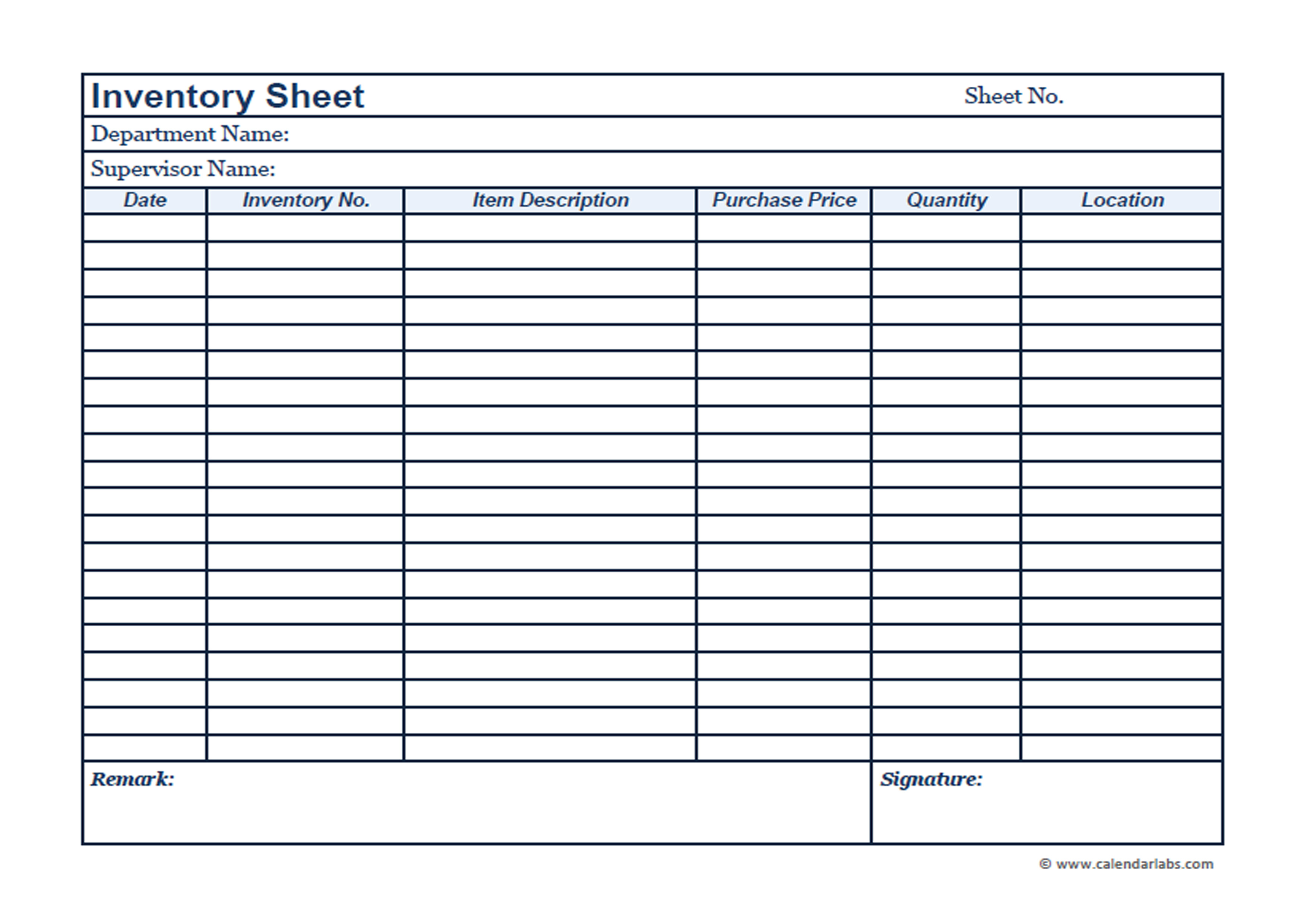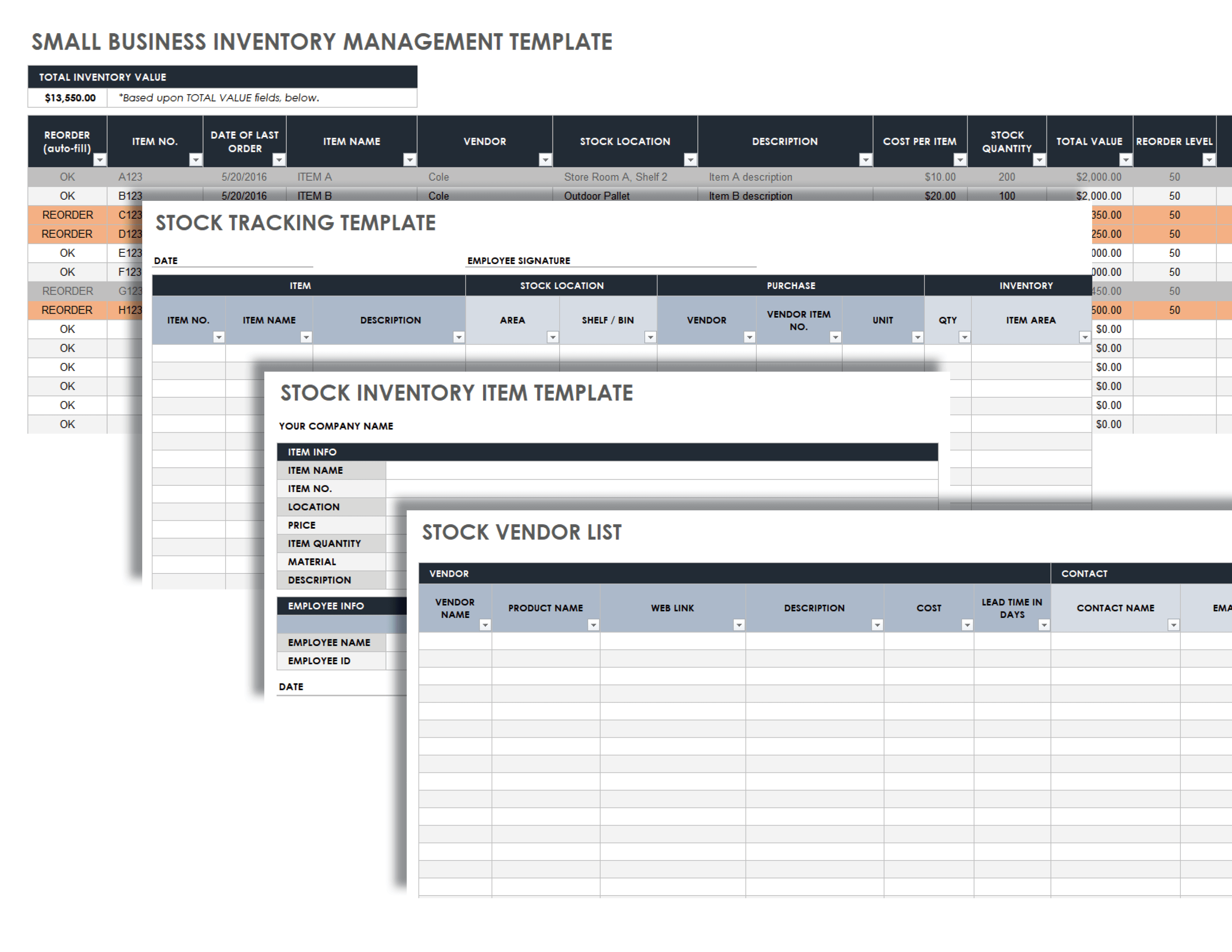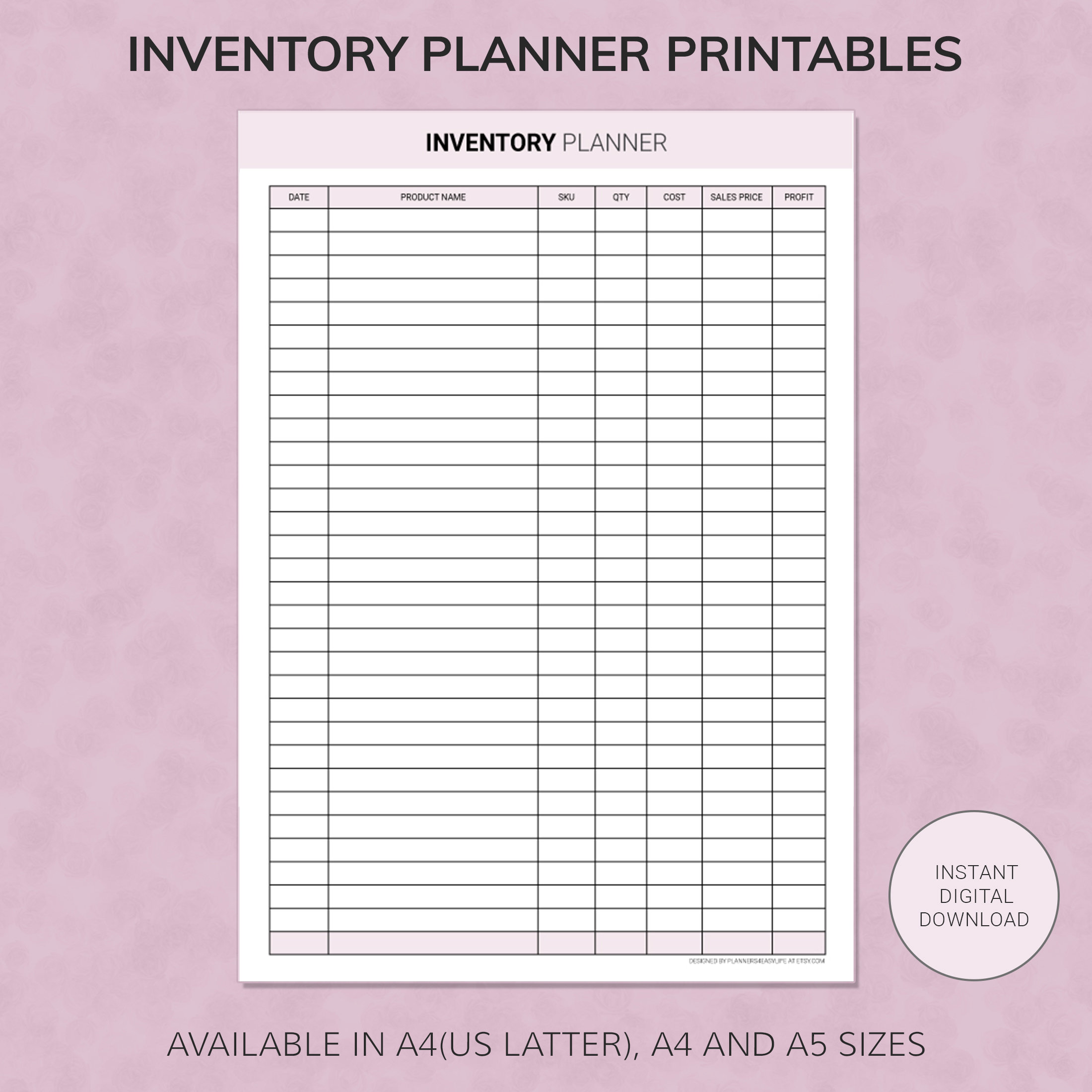Keeping inventory for small businesses is crucial for maintaining a steady cash flow, optimizing profits, and ensuring customer satisfaction. In this guide, we delve into the essential aspects of inventory management, empowering small business owners with the knowledge and strategies to streamline their operations and achieve success.
Inventory Management for Small Businesses: Keeping Inventory For Small Business
Inventory management is crucial for small businesses as it helps them optimize stock levels, reduce waste, and maximize profits. Effective inventory management involves balancing the need to have enough stock to meet customer demand without overstocking and incurring unnecessary storage and carrying costs.
Tips for Optimizing Inventory Levels
- Conduct regular inventory audits: Keep track of inventory levels regularly to identify discrepancies and prevent stockouts.
- Use inventory management software: Automated systems can help streamline inventory tracking, forecasting, and reordering.
- Set safety stock levels: Maintain a buffer of inventory to prevent stockouts during unexpected demand spikes.
- Implement a first-in, first-out (FIFO) system: Sell older inventory first to prevent spoilage and maintain product freshness.
Strategies for Forecasting Demand
Accurate demand forecasting is essential for optimizing inventory levels. Small businesses can use various techniques, including:
- Historical data analysis: Analyze past sales patterns to identify trends and seasonality.
- Market research: Conduct surveys or focus groups to gather insights into customer preferences and demand.
- Industry benchmarks: Compare your demand patterns to industry averages to identify potential growth areas.
- Economic indicators: Monitor economic conditions that may impact demand, such as consumer spending and interest rates.
Inventory Tracking Methods
Efficient inventory tracking is crucial for small businesses to maintain accurate stock levels, minimize losses, and optimize operations. Various methods are available, each with its advantages and drawbacks.
Manual Inventory Tracking
- Advantages: Simple and cost-effective, suitable for small businesses with limited inventory.
- Disadvantages: Prone to human error, time-consuming, and challenging to maintain accuracy with growing inventory.
Spreadsheet-Based Inventory Tracking
- Advantages: More organized and efficient than manual tracking, allows for basic data manipulation and calculations.
- Disadvantages: Can become complex and unwieldy with large inventory, requires manual data entry, and is susceptible to errors.
Inventory Management Software, Keeping inventory for small business
- Advantages: Automates inventory tracking, provides real-time updates, enables advanced features like stock forecasting and purchase order management.
- Disadvantages: Can be expensive for small businesses, requires training and technical support, and may have a learning curve.
For small businesses, spreadsheet-based inventory tracking is often a suitable option, balancing simplicity and functionality. However, as inventory grows or business operations become more complex, investing in inventory management software can provide significant benefits.
Inventory Control Techniques

Inventory control techniques are strategies and methods used to effectively manage inventory levels, ensuring optimal stock levels while minimizing costs and preventing shortages. These techniques help businesses maintain accurate inventory records, optimize stock levels, and improve overall inventory management efficiency.
Some common inventory control techniques include ABC analysis, safety stock levels, and reorder points. These techniques can be implemented to improve inventory management practices and enhance business operations.
ABC Analysis
ABC analysis is an inventory control technique that classifies inventory items into three categories based on their annual usage value. This categorization helps businesses prioritize inventory management efforts and focus on items that have the greatest impact on the business.
- A-items: These are high-value items that account for a significant portion of the total inventory value. They require close monitoring and careful management to prevent stockouts.
- B-items: These are medium-value items that require moderate attention. They should be monitored regularly to ensure adequate stock levels.
- C-items: These are low-value items that require minimal attention. They can be managed with less frequent monitoring and simpler inventory control methods.
Safety Stock Levels
Safety stock levels refer to the extra inventory held beyond the expected demand to buffer against unexpected fluctuations in demand or supply chain disruptions. These levels help prevent stockouts and ensure uninterrupted business operations.
To determine appropriate safety stock levels, businesses consider factors such as historical demand data, lead times, and supplier reliability. Safety stock levels should be regularly reviewed and adjusted based on changing business conditions.
Reorder Points
Reorder points are inventory control levels that trigger the initiation of a new order to replenish inventory. These points are set based on factors such as demand patterns, lead times, and safety stock levels.
Effective reorder points help businesses avoid stockouts and maintain optimal inventory levels. They should be regularly monitored and adjusted to reflect changes in demand or supply chain conditions.
Inventory Optimization Strategies
Inventory optimization strategies aim to reduce inventory costs while maintaining optimal stock levels to meet customer demand. Different strategies suit different businesses, so choosing the right one is crucial.
Just-in-Time Inventory (JIT)
JIT involves receiving inventory only when needed for production or sale. This minimizes storage costs and reduces the risk of obsolete inventory. However, it requires accurate demand forecasting and a reliable supply chain.
Drop Shipping
Drop shipping allows businesses to sell products without holding inventory. The supplier handles storage and shipping, reducing the need for warehouses and inventory management. However, it limits product selection and can result in longer shipping times.
Cross-Docking
Cross-docking involves receiving inventory and immediately transferring it to outbound shipments without storing it. This reduces storage costs and lead times but requires efficient coordination and a reliable supply chain.
Choosing the Right Strategy
The best inventory optimization strategy depends on factors such as:
- Product type and demand
- Supply chain reliability
- Storage and shipping costs
- Customer service requirements
Small businesses with predictable demand and reliable suppliers may benefit from JIT. Businesses with a wide product range or limited storage space may prefer drop shipping. Cross-docking can be suitable for businesses with high-volume shipments and a short shelf life.
Inventory Management Software for Small Businesses

Inventory management software can streamline your operations, reduce costs, and improve customer satisfaction. With so many options available, it’s important to choose the right software for your specific business needs.
Features to Consider
- Inventory tracking
- Purchase order management
- Sales order processing
- Reporting and analytics
- Integration with other business systems
Pricing
Inventory management software pricing varies depending on the features and functionality you need. Some software is available as a monthly subscription, while others are sold as a one-time purchase.
When choosing inventory management software, it’s important to consider your business’s specific needs and budget. Some of the most popular inventory management software for small businesses include:
| Software | Features | Pricing |
|---|---|---|
| Shopify | Inventory tracking, purchase order management, sales order processing, reporting and analytics | $29/month |
| Zoho Inventory | Inventory tracking, purchase order management, sales order processing, reporting and analytics, integration with other business systems | $49/month |
| NetSuite | Inventory tracking, purchase order management, sales order processing, reporting and analytics, integration with other business systems, advanced features for larger businesses | $999/month |
